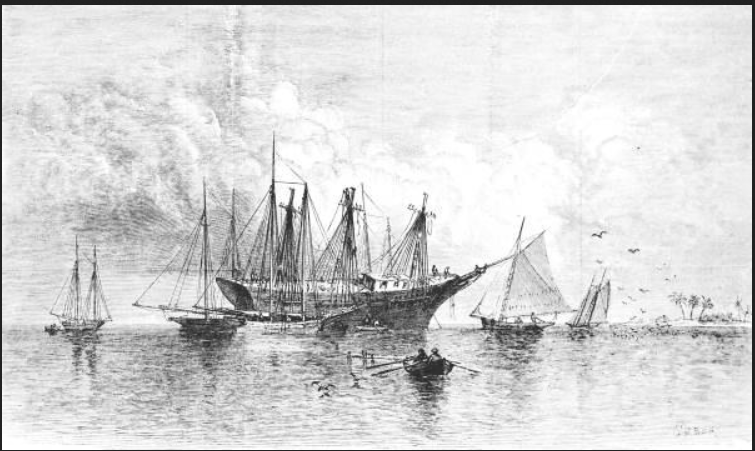 In June 1822, the Alabama District Court in Mobile heard cases against three vessels that had been seized several months earlier by the Revenue Cutter Alabama. Within the space of four days, be
In June 1822, the Alabama District Court in Mobile heard cases against three vessels that had been seized several months earlier by the Revenue Cutter Alabama. Within the space of four days, be![2. Engraving of a small smuggler loading slaves under the cover of night. [Henry Howe, Life and Death on the Ocean: A Collection of Extraordinary Adventures in the Form of Personal Narratives (1856)]. 2. Engraving of a small smuggler loading slaves under the cover of night. [Henry Howe, Life and Death on the Ocean: A Collection of Extraordinary Adventures in the Form of Personal Narratives (1856)].](/Portals/6/2_%20Stowing%20slaves.jpg) ginning on March 4th, the 56-foot topsail schooner had captured them just north of the Florida Keys. Two were charged with “having onboard . . . negroes . . . for the purpose of selling the same as slaves or holding them to slavery and for the traffic in human beings.” The third was charged with piracy.
ginning on March 4th, the 56-foot topsail schooner had captured them just north of the Florida Keys. Two were charged with “having onboard . . . negroes . . . for the purpose of selling the same as slaves or holding them to slavery and for the traffic in human beings.” The third was charged with piracy.
The first two vessels, the Brothers and the Friends, were small 23-ton sloops—probably 30 to 35 feet long and manned by a master, mate and three to four seamen. Each had six to seven kidnapped Africans aboard. They were British flagged and operated out of Nassau, New Providence Island. The third, the Sailor’s Rights, was similarly rigged and sized, but flew the Stars and Stripes, and sailed out of Savannah, Georgia.
The Brothers and Friends were foreign flagged and were sailing outside of U.S. territorial waters when first encountered. The two vessels gave every appearance of being smugglers. Cutter captain Winslow Foster chose to stop them. He was within his authority according to the “Act to Regulate the Collection of Duties on Imports and Tonnage” of March 1799. To prevent smuggling, the act authorized U.S. Revenue Cutter officers to “go onboard ships or vessels…within four leagues of the coast” to examine manifests and cargoes.
The Brothers and Friends were known as “wreckers,” which meant that they made a living rescuing the crews and salvaging the cargoes of vessels that had grounded along the Florida Keys. The wreckers usually sailed the eastern edge of the island chain filling their spare time fishing and turtling among the rocks and reefs of the area. However, they were ready to assist any vessel that strayed too close to hazardous waters—for a fee. They charged between a 10 and 90 percent cut of the value of the grounded vessel and cargo, depending on the danger involved in the salvage. They had no legitimate business sailing north of the Keys, and there was only one reason for being there.
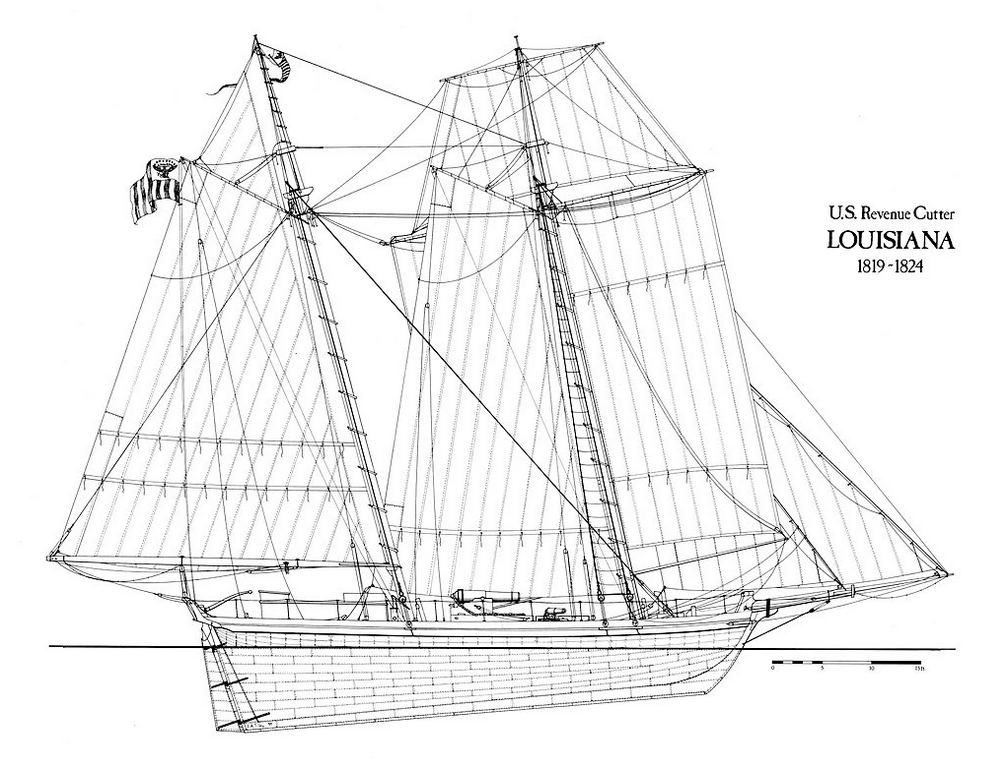 Florida had a huge smuggling problem—much of it involved human trafficking. Spanish Florida had been a conduit for smuggling “kidnapped
Florida had a huge smuggling problem—much of it involved human trafficking. Spanish Florida had been a conduit for smuggling “kidnapped 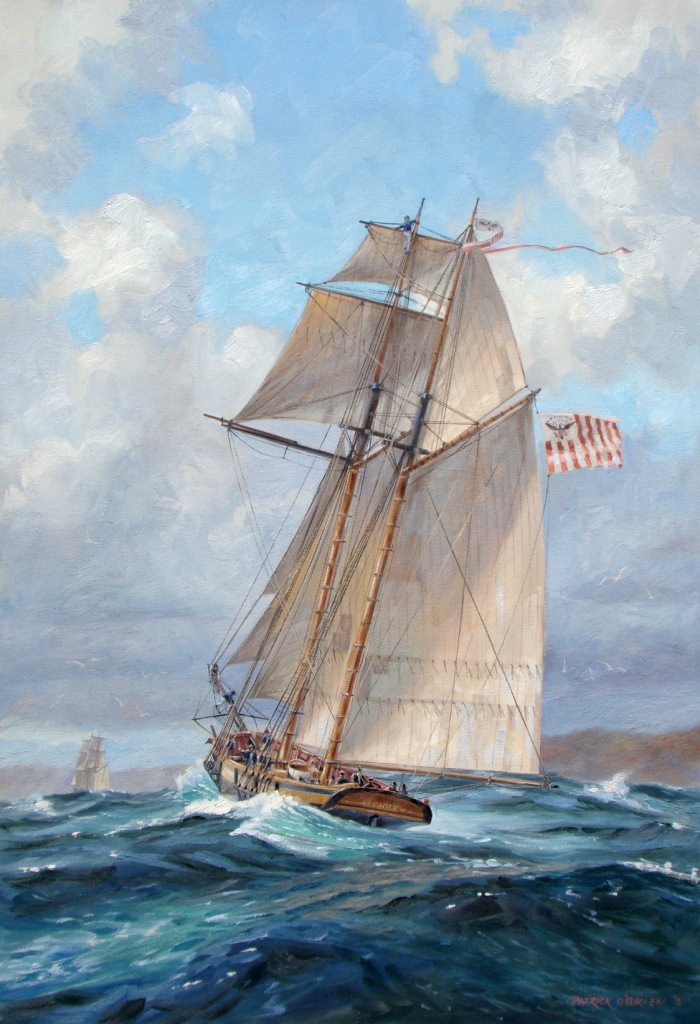 Africans”—the term applied to those taken from Africa, but not yet enslaved—into the Southern states. The trafficking had been illegal since 1808 and legislation banning U.S. participation in the foreign slave trade. However, the disorder following the ceding of Florida from Spain to the U.S. in 1819, and the establishment of new plantations on Florida’s west coast created a demand for more slaves.
Africans”—the term applied to those taken from Africa, but not yet enslaved—into the Southern states. The trafficking had been illegal since 1808 and legislation banning U.S. participation in the foreign slave trade. However, the disorder following the ceding of Florida from Spain to the U.S. in 1819, and the establishment of new plantations on Florida’s west coast created a demand for more slaves.
With no revenue cutters stationed anywhere in the territory, Florida’s new governor, Maj. Gen. Andrew Jackson, needed help. He asked the naval command in New Orleans to provide a one-ship presence as far south as Tampa, while it fell to the Alabama to patrol the Gulf Coast down to the southernmost tip of the Keys.
The Florida Keys became a rendezvous for pirates and privateers licensed by rebelling Spanish American countries, to transfer kidnapped Africans or slaves. This human cargo was transferred from Spanish or Portuguese ships to local vessels—like the Brothers, Friends, and Sailor’s Rights—to be smuggled to the Tampa area.
The 40 British wreckers that worked the Keys —all small sloops of 15 to 23 tons displacement and 25 to 35 feet long—were joined around 10 similar American sloops that worked nominally out of Havana under Spanish license. The Keys had alternated between British and Spanish territory for decades and the licenses of both countries were still recognized by the U.S. However, Americans were agitating for revocation of foreign wrecking licenses, and competition between the two groups had turned to open hostility. This hostility may explain why, shortly after the Brothers and the Friends were seized, the master from one of the sloops not only informed Captain Foster that the Sailor’s Rights was involved in human trafficking, but also volunteered to stay aboard Revenue Cutter Alabama to help track down the smuggler.
The Sailor’s Rights had a history of operating on the “shady” side. Sometimes, it brought its salvage to an American port rather than Havana, and tried to alter the agreed upon terms of salvage agreements. In December 1820, Savannah’s admiralty court summoned the master of the Sailor’s Rights, Levi James. The court required James to justify increasing his fee to over 50 percent, from the original 10 to 20 percent. He did this for the value of sugar and cigars he had salvaged from French Brig Hippolite, which had run aground on the East Florida coast in October. Such a dramatic increase would have required the conditions during the salvage operation to greatly deteriorate from when it started, so the court would decide what was reasonable. Then, in November 1821, James was again in court answering charges that he refused to pay for supplies before departing on another voyage. It should have come as no surprise when the vessel was caught only four months later with three kidnapped Africans aboard.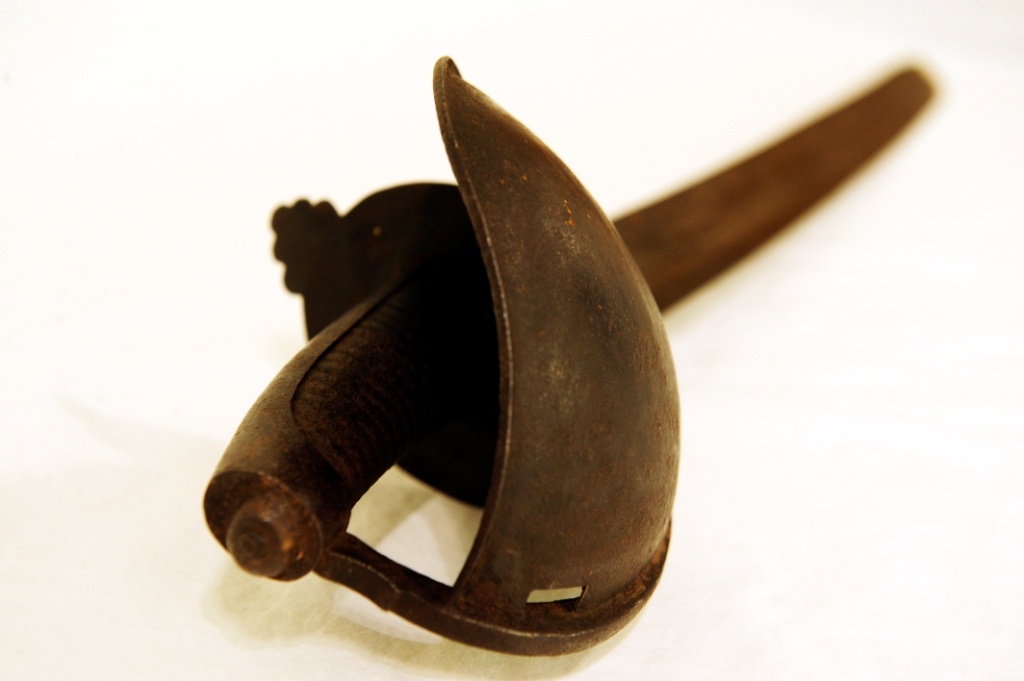
For this latest offense, the Sailor’s Rig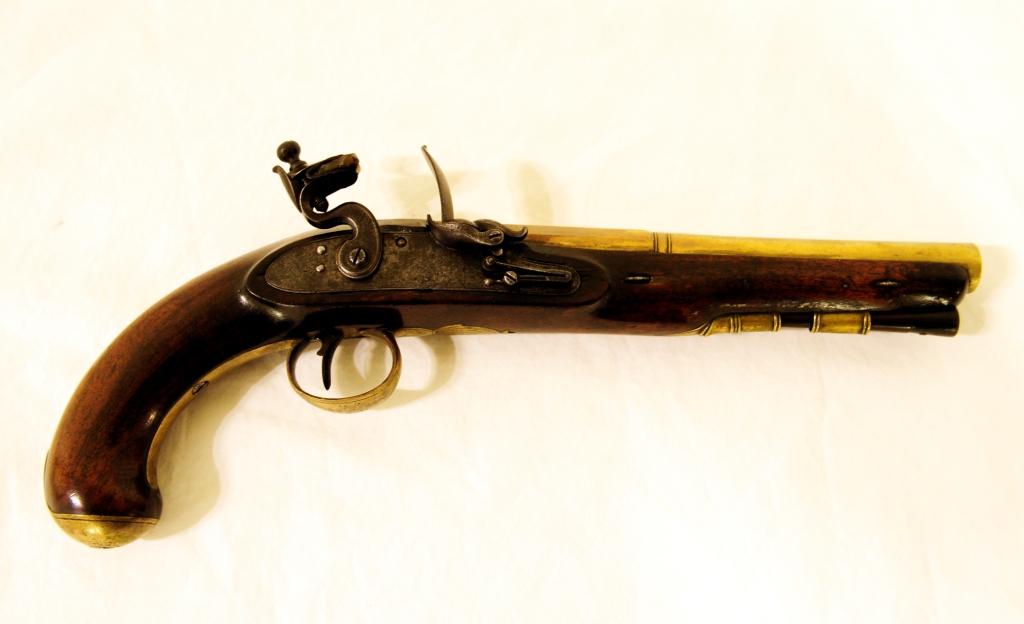 hts and its company were charged with piracy. The case was based on an 1820 law that designated pirates as any U.S. vessels or U.S. persons serving aboard vessels involved with the transportation of kidnapped Africans or slaves. Since the Brothers and Friends were foreign-flagged, they were charged only with the U.S. Customs law violation of attempting to import slaves or persons to be enslaved.
hts and its company were charged with piracy. The case was based on an 1820 law that designated pirates as any U.S. vessels or U.S. persons serving aboard vessels involved with the transportation of kidnapped Africans or slaves. Since the Brothers and Friends were foreign-flagged, they were charged only with the U.S. Customs law violation of attempting to import slaves or persons to be enslaved.
The 16 “recaptured” Africans rescued by the Alabama were entitled to their freedom under federal law. At the time, this meant repatriation and resettlement to Liberia with the assistance of the U.S. government and the American Colonization Society.
The Supreme Court ruling on the 1820 landmark rescue of 280 Africans seized from the smuggling vessel Antelope/General Ramirez by Revenue Cutter Dallas had settled one issue: persons smuggled into the U.S. to be enslaved, who could prove they had not previously been enslaved, were free. The 1841 Supreme Court case of U.S. v. The Amistad took another step forward by reversing the burden of proof—any person being smuggled into the U.S. was presumed free unless proven they had previously been enslaved. However, it took ratification of the Constitution’s 13th Amendment in 1865 abolishing slavery in the U.S., to end smuggling of Africans into the U.S. for enslavement.